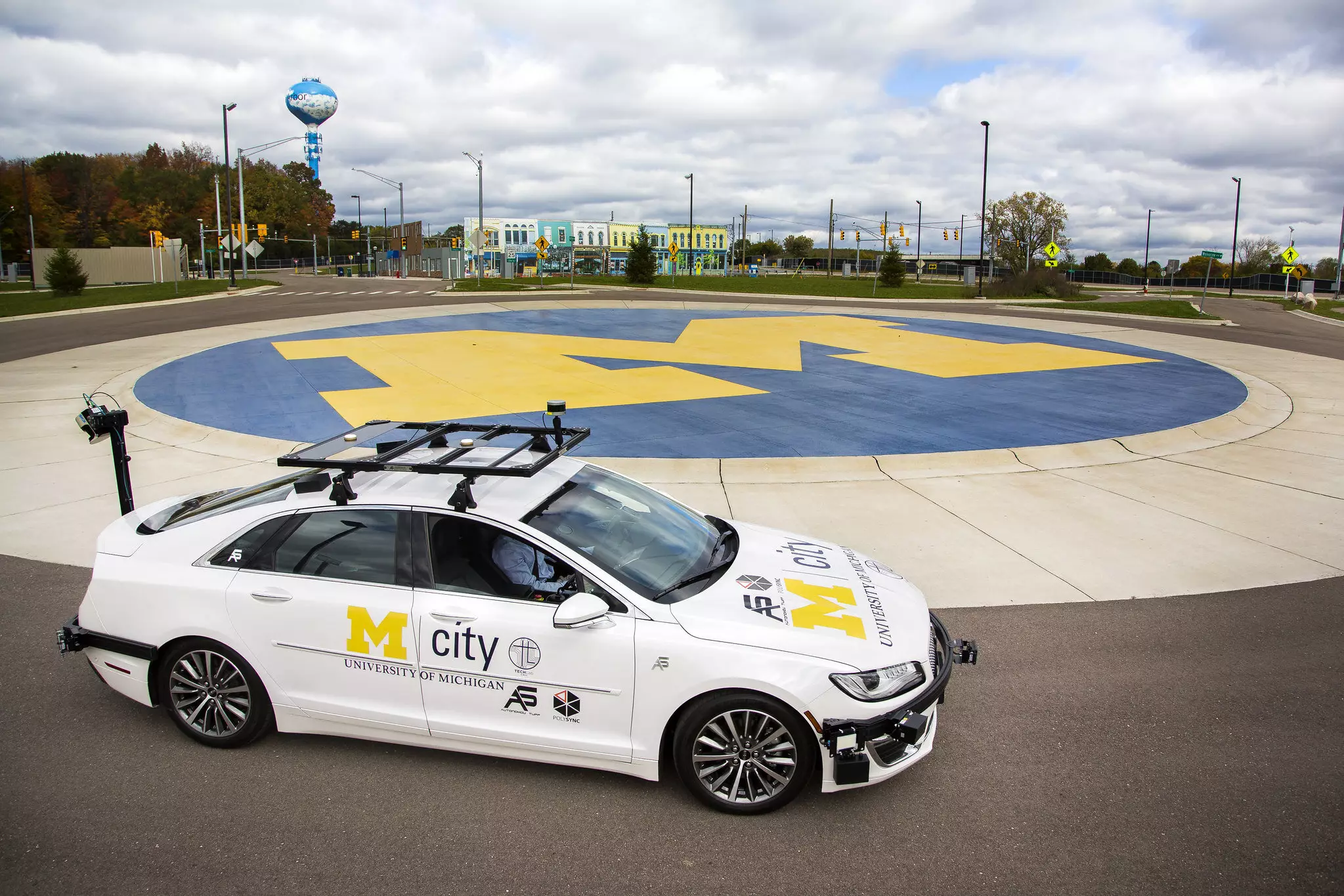Self-driving vehicles have become a hot topic in the automotive industry, with many companies investing heavily in the development of autonomous driving technology. However, a recent study led by the University of Michigan has shed light on a concerning vulnerability in self-driving vehicle networks – data fabrication attacks. These attacks could potentially jeopardize the safety of passengers and other drivers on the road by manipulating the data communicated between vehicles or infrastructure.
The emergence of collaborative networks in self-driving vehicles, known as vehicle-to-everything or V2X, has opened up new possibilities for enhanced perception and decision-making. By sharing information among vehicles, connected and autonomous systems can leverage collective data insights to improve efficiency and safety on the roads. However, this network of communication also presents an opportunity for hackers to introduce fake objects or alter real objects in the perception data, leading to potentially disastrous consequences.
The study conducted by the University of Michigan researchers involved testing sophisticated data fabrication attacks in both virtual simulations and real-world scenarios. By falsifying LiDAR-based 3D sensor data and using zero-delay attack scheduling, the researchers were able to demonstrate the high effectiveness of these attacks, with success rates reaching 86% in simulated environments. On-road tests at the Mcity Test Facility further confirmed the potential dangers of data manipulation, triggering collisions and hard braking in three vehicles.
Proposed Solution: Collaborative Anomaly Detection
In response to these security vulnerabilities, the researchers developed a countermeasure system called Collaborative Anomaly Detection. This system leverages shared occupancy maps to cross-check data and quickly detect any abnormalities in the perception data. Through extensive testing, the system achieved a high detection rate of 91.5% with a low false positive rate of 3%, effectively reducing safety hazards in the tested scenarios.
The findings of this study have significant implications for the future of autonomous vehicles and collaborative perception systems. By providing a robust framework for improving safety and security in self-driving vehicle networks, the researchers hope to pave the way for further innovation in this field. Additionally, the open-sourcing of their methodology and benchmark datasets sets a new standard for research in autonomous vehicle safety, encouraging the development of more advanced security measures in the industry.
The vulnerability of self-driving vehicle networks to data fabrication attacks raises important concerns about the safety and security of autonomous systems. It is crucial for fleet operators and developers to be aware of these risks and implement effective countermeasures, such as the Collaborative Anomaly Detection system proposed in the study. By addressing these security vulnerabilities, we can ensure the safe and efficient integration of autonomous vehicles into our transportation systems.


Leave a Reply